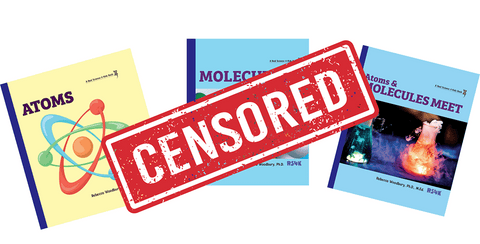Imagine trying to navigate a modern city with a map from the 1800s. You’d miss new roads, get lost, and probably end up frustrated. Unfortunately, that’s what’s happening in many US science classrooms: we’re still using “old maps” to guide how and when kids learn science-even though the world (and our understanding of how children learn) has changed.
The Next Generation Science Standards (NGSS) were designed to modernize science education. But here’s the catch: the way they organize what kids learn and when is still based on ideas from the mid-1900s-especially those of psychologist Jean Piaget.
Piaget believed that children’s brains develop in fixed stages. According to his theory, young kids (up to age 11) can only handle simple, concrete ideas. Abstract concepts-like atoms, molecules, or energy-are supposedly out of reach until middle or high school. So, the NGSS “maps” out science learning in a way that saves the modern, complex stuff for later.
-
: Focus on things like weight (not mass), properties of matter, and “things have heat”-without explaining what’s really going on inside materials.
-
: Finally introduce atomic theory and energy transfer.
-
: Dive into the real nuts and bolts of modern science.
Here’s the problem: modern research shows that children are capable of understanding much more than Piaget gave them credit for-if we teach them in the right way. Kids can grasp basic ideas about atoms, molecules, and energy when we use hands-on activities, clear language, and good models.
But by sticking to the old maps:
-
We force students to memorize outdated or oversimplified ideas.
-
We make it harder for them to connect the dots later on.
-
We risk leaving them confused or uninterested in science as they get older.
Think about it: if you learn that “things have heat” in third grade, but don’t find out until eighth grade that heat is actually a process (not a thing), you’re likely to get confused. If you learn about density without understanding molecules, it’s just a number-not something you can really picture. These gaps make advanced science harder to learn, and can turn kids off from the subject entirely.
Other countries that do well in science education introduce modern concepts earlier and build on them over time.
It’s time for US science education to do the same. We need to:
-
Update our maps to reflect current research.
-
Trust that kids can handle more, sooner-if we teach it well.
-
Give students the tools to truly understand the world, not just memorize old facts.
If we want our students to thrive in the 21st century, we can’t keep guiding them with 19th-century maps. It’s time to chart a new course-one that leads to real understanding, excitement, and success in science.
Let’s put away the old maps-and help our kids discover the real landscape of science.





Comments (0)
There are no comments for this article. Be the first one to leave a message!